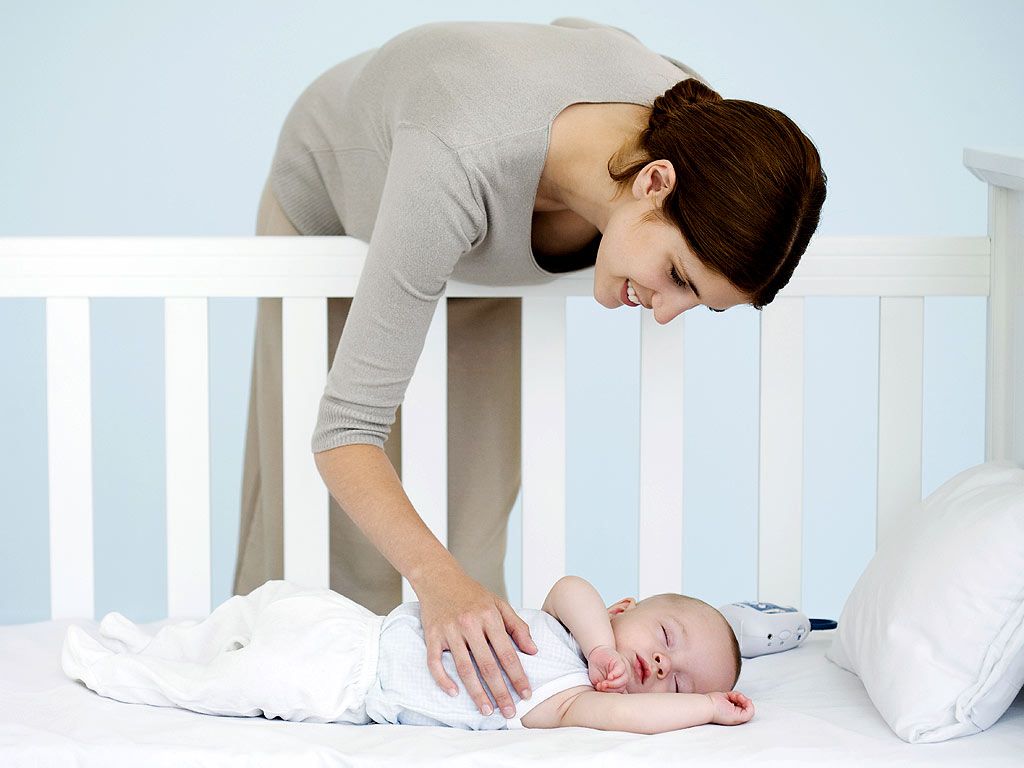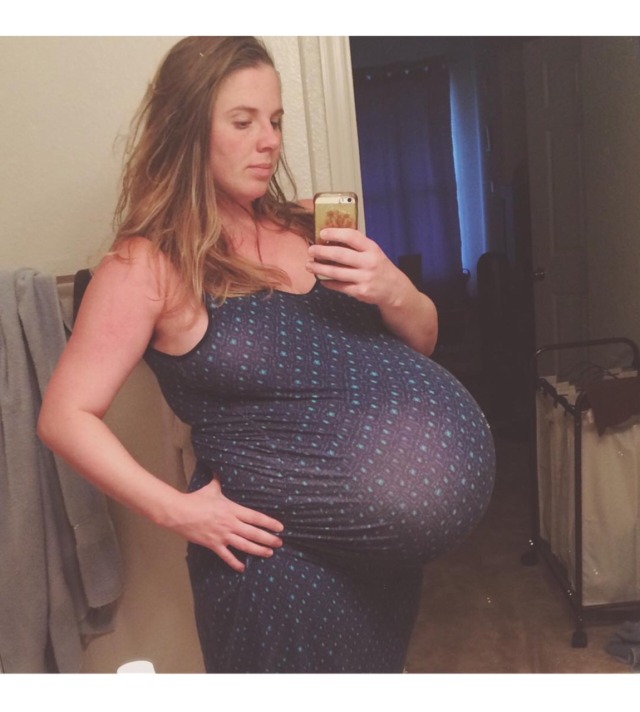Baby sleep habit
Baby sleep: what to expect at 2-12 months
Baby sleep needs
Babies need sleep to grow and develop well. But babies’ sleep needs vary, just as the sleep needs of older children and adults do. Your baby might be doing well with more or less sleep than other babies the same age.
Your baby’s mood and wellbeing is often a good guide to whether your baby is getting enough sleep. If your baby is:
- wakeful and grizzly, they might need more sleep
- wakeful and contented, they’re probably getting enough sleep.
How baby sleep changes from 2 to 12 months
As they get older, babies:
- sleep less in the daytime
- are awake for longer between naps
- have longer night-time sleeps and wake less at night
- need less sleep overall.
2-3 months: what to expect from baby sleep
At this age, babies sleep on and off during the day and night. Most babies sleep for 14-17 hours in every 24 hours.
Young babies sleep in cycles that last 50-60 minutes. In young babies, each cycle is made up of active sleep and quiet sleep. Babies move around and grunt during active sleep, and sleep deeply during quiet sleep.
At the end of each cycle, babies wake up for a little while. They might grizzle or cry. They might need help to settle for the next sleep cycle.
At 2-3 months, babies start developing night and day sleep patterns. This means they tend to start sleeping more during the night.
Around 3 months: what to expect from baby sleep
Babies keep developing night and day sleep patterns.
Their sleep cycles consist of:
- light sleep, when baby wakes easily
- deep sleep, when baby is sound asleep and very still
- dream sleep, when baby is dreaming.
Sleep cycles also get longer, which might mean less waking and resettling during sleep. At this age, some babies might regularly be having longer sleeps at night – for example, 4-5 hours.
Most babies still sleep for 14-17 hours in every 24 hours.
3-6 months: what to expect from baby sleep
At this age, most babies sleep for 12-15 hours every 24 hours.
Babies might start moving towards a pattern of 2-3 daytime sleeps of up to two hours each.
And night-time sleeps get longer at this age. For example, some babies might be having long sleeps of six hours at night by the time they’re six months old.
But you can expect that your baby will still wake at least once each night.
6-12 months: what to expect from baby sleep
Babies sleep less as they get older. By the time your baby is one year old, baby will probably sleep for 11-14 hours every 24 hours.
Sleep during the night
From about six months, most babies have their longest sleeps at night.
Most babies are ready for bed between 6 pm and 10 pm. They usually take less than 40 minutes to get to sleep, but some babies take longer.
At this age, baby sleep cycles are closer to those of grown-up sleep – which means less waking at night. So your baby might not wake you during the night, or waking might happen less often.
But many babies do wake during the night and need an adult to settle them back to sleep. Some babies do this 3-4 times a night.
Sleep during the day
At this age, most babies are still having 2-3 daytime naps that last for between 30 minutes and 2 hours.
6-12 months: other developments that affect sleep
From around six months, babies develop many new abilities that can affect their sleep or make them more difficult to settle:
- Babies learn to keep themselves awake, especially if something interesting is happening, or they’re in a place with a lot of light and noise.
- Settling difficulties can happen at the same time as crawling. You might notice your baby’s sleep habits changing when baby starts moving around more.
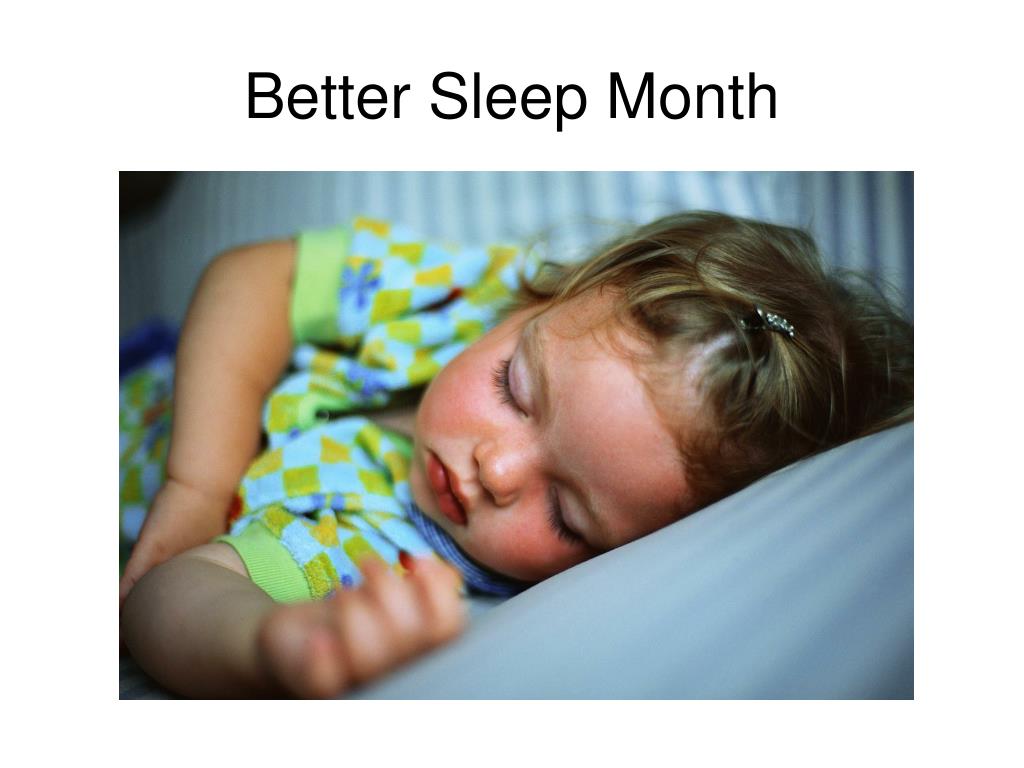
- Babies learn that things exist, even when they’re out of sight. Now that your baby knows you exist when you leave the bedroom, baby might call or cry out for you.
- Separation anxiety is when babies get upset because you’re not around. It might mean your baby doesn’t want to go to sleep and wakes up more often in the night. As babies mature they gradually overcome this worry.
6-12 months: night-time feeding
From around six months of age, if your baby is developing well, it’s OK to think about night weaning and phasing out night feeds. But if you’re comfortable with feeding your baby during the night, there’s no hurry to phase out night feeds.
You can choose what works best for you and your baby.
A rollover feed is a late feed somewhere between 10 pm and midnight. Some parents find that rollover feeds help babies sleep longer towards morning. If this works for you and your baby, it’s fine to give baby a rollover feed.
Concerns about baby sleep
If you’re concerned about your baby’s sleep, it can be a good idea to track your baby’s sleep for a week or so. This can help you get a clear picture of what’s going on.
This can help you get a clear picture of what’s going on.
You can do this by drawing up a simple chart with columns for each day of the week. Divide the days into hourly blocks, and colour the intervals when your baby is asleep. Keep your chart for 5-7 days.
Once completed, the chart will tell you things like:
- when and how much sleep your baby is getting
- how many times your baby is waking during the night
- how long your baby is taking to settle after waking.
You can also record how you tried to resettle your baby and what worked or didn’t work.
Then you can compare the information in your chart with the general information about baby sleep needs above:
- How does your child compare to other babies the same age? If your baby is wakeful and grizzly and getting much less sleep than others, your baby might need more opportunities for sleep.
- How many times is your baby over six months old waking up during the night? If it’s 3-4 times a night or more, you might be feeling very tired.
 You might want to think about phasing out some of your baby’s sleep habits.
You might want to think about phasing out some of your baby’s sleep habits.
If you decide you need to see a professional for help with your baby’s sleep, take your chart with you.
If you’re concerned about your baby’s sleep, it’s a very good idea to see a child health professional for help. You could start by talking with your GP or child and family health nurse.
How baby sleep patterns affect grown-ups
Babies and grown-ups need sleep for wellbeing, but babies sleep differently from adults. Most parents of babies under six months of age get up in the night to feed and settle their babies. For many, this keeps going after six months.
Some parents are OK with getting up a lot at night as long as they have enough support and they can catch up on sleep at other times. For others, getting up in the night over the long term has a serious effect on them and their family lives.
The quality of your sleep can affect your health and your mood. Being exhausted can make it hard to give your baby positive attention during the day. And your relationship with your baby and the time and attention you give baby during the day can affect the quality and quantity of baby’s sleep.
And your relationship with your baby and the time and attention you give baby during the day can affect the quality and quantity of baby’s sleep.
So it’s important that you get some help if you’re not getting enough sleep. You could start by asking family or friends for help. And if you feel that lack of sleep is affecting you mentally or emotionally, it’s a very good idea to talk with your GP or another health professional.
There’s a strong link between baby sleep difficulties and symptoms of postnatal depression in women and postnatal depression in men. But the link isn’t there if parents of babies with sleep difficulties are getting enough sleep themselves.
Languages other than English
- Arabic (PDF: 471kb)
- Dari (PDF: 469kb)
- Karen (PDF: 298kb)
- Persian (PDF: 420kb)
- Simplified Chinese (PDF: 502kb)
- Vietnamese (PDF: 324kb)
Newborn Sleep Tips and Habits – Happiest Baby
By Dr.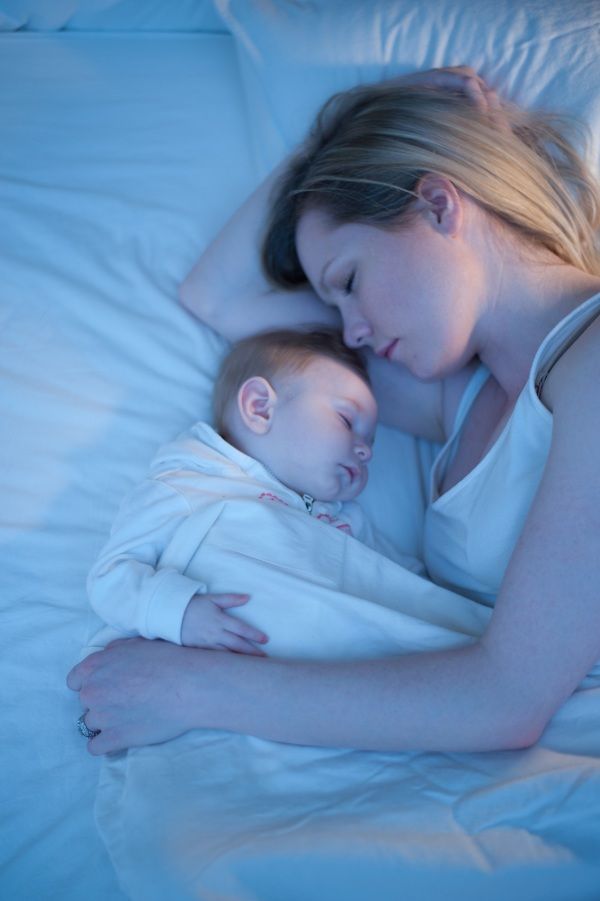 Harvey Karp, MD, FAAP
Harvey Karp, MD, FAAP
Baby Sleep Habits
We teach our babies sleep habits that make them dependent on us rather than ones that build confidence and self-calming ability.
What Are the Most Common Baby Sleep Habits?
The most common baby sleep habits that lead to poor slumber are bed-sharing and being put in bed asleep.
For example, the Sleep in America poll found that:
- 60% of infants are usually rocked to sleep (which is wonderful for newborns but can become a problem later on).
- 75% of infants fall asleep every night nursing or drinking a bottle.
- Many infants bed-share, which makes it easy for them to insist that their parents soothe them back to sleep—each time they awaken.
- As previously mentioned, only a third of parents use independence-building sleep cues like white noise or loveys every night.
Doctors in Rhode Island found that 3- and 8-month-old infants fell asleep easily—at bedtime and after nighttime awakenings—if they used loveys and pacifiers.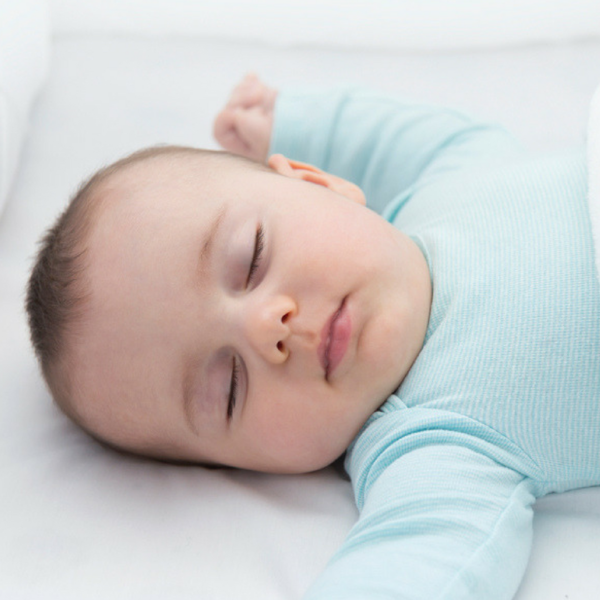 The doctors also reported that all the poorly sleeping 8-month-olds—about 1 in 3 infants—were put into their cribs already asleep…and none routinely received a lovey!
The doctors also reported that all the poorly sleeping 8-month-olds—about 1 in 3 infants—were put into their cribs already asleep…and none routinely received a lovey!
Healthy Sleep Habits
Good sleep habits for babies include:
- Make sure your baby is not hungry at bedtime.
- Place your baby to bed when he is sleepy. Do not wait for your baby to be completely asleep before putting him to bed.
- Always place your baby on his back when putting him to bed.
- Create a regular sleep schedule that you follow consistently.
- Don’t let your baby nap for too long during the day to the point where it will impact his nighttime routine.
- Don’t let your baby sleep with a bottle.
- Offer a pacifier at bedtime. If your baby is breastfeeding, then wait until breastfeeding is established before offering pacifiers.
Breaking Bad Sleep Habits
Being your baby’s sleep aid is fun and cuddly, and I’m all in favor of it as long as you’re happy with it and always put your baby to sleep in a safe location.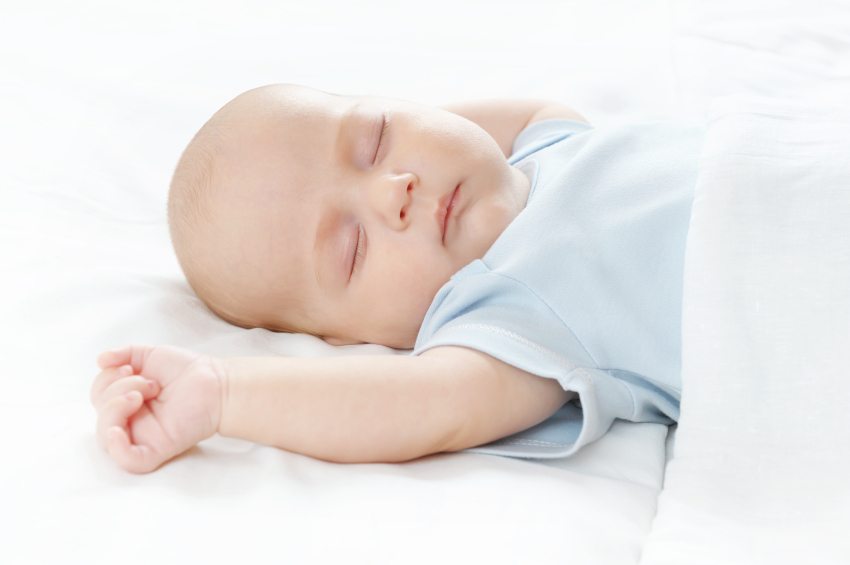 But if you’re tired and frustrated, this is the right moment to help your infant learn some new healthy sleep habits. Here are clues that it’s time for a change:
But if you’re tired and frustrated, this is the right moment to help your infant learn some new healthy sleep habits. Here are clues that it’s time for a change:
- You’re exhausted: You’re overeating; short-tempered with your toddler or husband; spacing out at work; driving dangerously because you’re so tired; feeling depressed; or considering smoking cigarettes again.
- You’re frustrated: You don’t know what to do about your infant’s sleep resistance, night waking, dependence on bed-sharing and frequent night nursing. And you are bickering a lot with your spouse.
- Your child’s unhappy: She’s extra cranky; cries at everything; has no patience; seems overtired; gets super irritable at bedtime; or wakes crying during the night.
If you’re seeing these signs, it’s time to swap your problematic sleep cues for ones that boost sleep and nurture your tot’s calm, confidence and competence. Don’t get me wrong…you should give your little lovebug tons of holding, rocking, patting and suckling.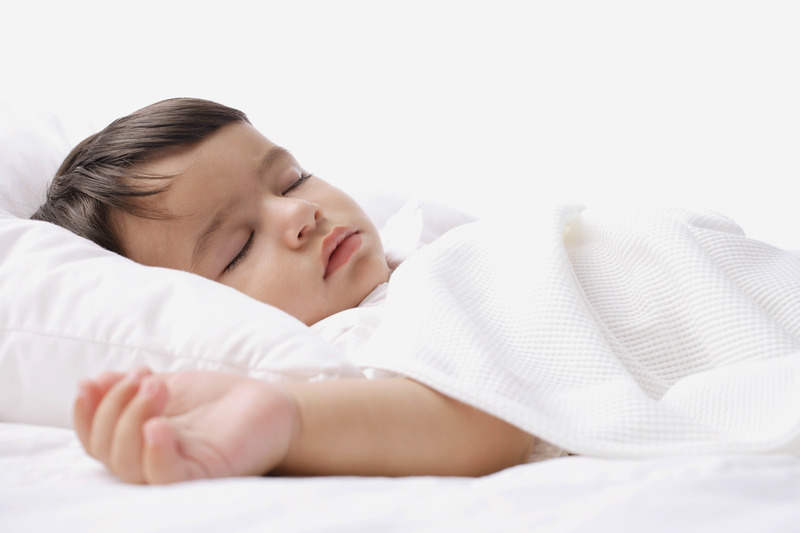 But to avoid sleep problems later, you need to develop healthy sleep habits and routines now that will teach her to self-soothe.
But to avoid sleep problems later, you need to develop healthy sleep habits and routines now that will teach her to self-soothe.
How to Improve Baby Sleep Habits?
The best way to start removing a dependence on being held and rocked to doze off is to use the wake-and-sleep technique every time you put your little one down to sleep.
Before laying your baby down for a nap or the night—wrap your child in a snug swaddle, put on white noise for baby sleep as loud as a shower, offer a feeding and let him drift to sleep in your arms. BUT, right after you slide him into bed, rouse him until his eyes open (scratch his toes, tickle his neck, etc). After a few seconds, he’ll fall back to sleep
If he cries, he may be uncomfortable or hungry for a meal, so pick him up to feed and settle him, but be sure to wake him again slightly right after laying him back down.
Yes, this technique may sound odd, but trust me: Those few seconds of drowsy waking are helping your child learn how to sleep through the night!
Did you know? Happiest Baby’s SNOO bassinet uses the same scientific principles as the wake-and-sleep technique.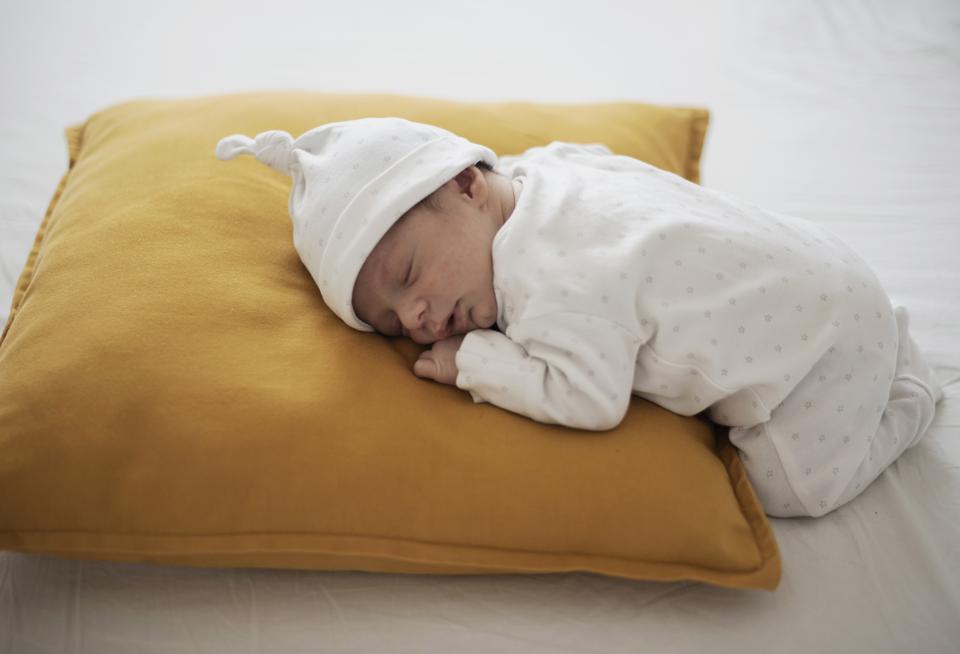 SNOO establishes great sleep habits from day one and sleep-trains babies automatically—most never have to cry it out. Learn more.
SNOO establishes great sleep habits from day one and sleep-trains babies automatically—most never have to cry it out. Learn more.
About Dr. Harvey Karp
Dr. Harvey Karp, one of America’s most trusted pediatricians, is the founder of Happiest Baby and the inventor of the groundbreaking SNOO Smart Sleeper. After years of treating patients in Los Angeles, Dr. Karp vaulted to global prominence with the release of the bestselling Happiest Baby on the Block and Happiest Toddler on the Block. His celebrated books and videos have since become standard pediatric practice, translated into more than 20 languages and have helped millions of parents. Dr. Karp’s landmark methods, including the 5 S’s for soothing babies, guide parents to understand and nurture their children and relieve stressful issues, like new-parent exhaustion, infant crying, and toddler tantrums.
View more posts tagged, sleep
Have questions about a Happiest Baby product? Our consultants would be happy to help! Connect with us at customercare@happiestbaby.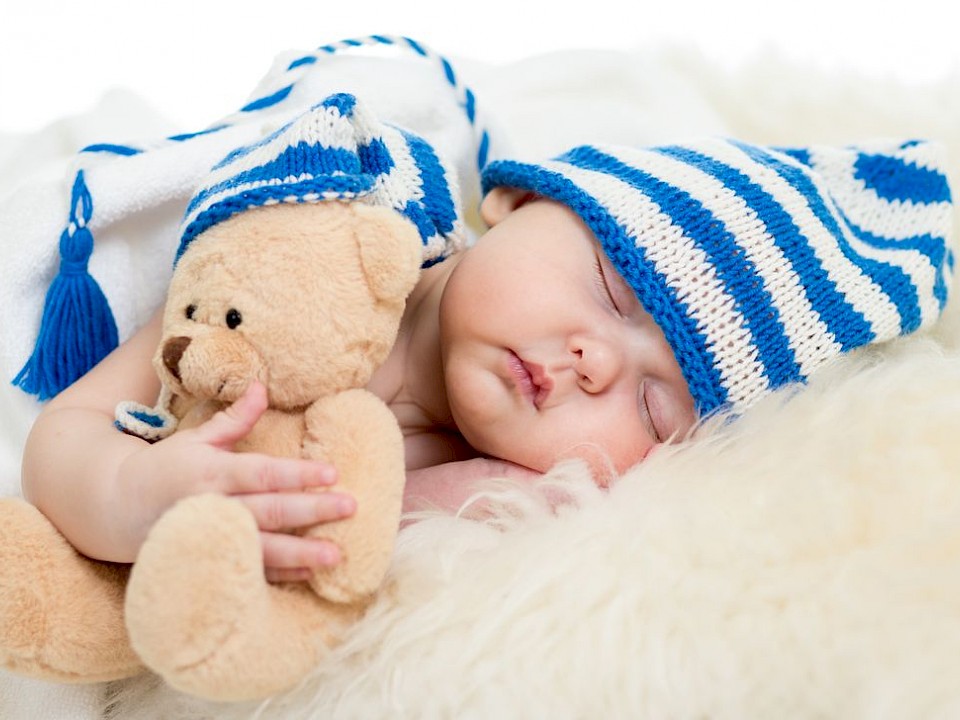 com.
com.
Disclaimer: The information on our site is NOT medical advice for any specific person or condition. It is only meant as general information. If you have any medical questions and concerns about your child or yourself, please contact your health provider.
Putting the child to sleep: useful tips and recommendations
Author, editor and medical expert - Muraeva Yulia Yurievna.
Views: 195 704
Last update date: 06/23/2022 G.
average reading time: 12 minutes
Content:
Rhythm of children's sleep
How to properly laid it out properly sleep baby
How to help your baby sleep
How to teach a child to sleep in his own crib?
Bedtime rituals
What are the bedtime rituals?
Sleep is an important part of life, so it must be regular and of high quality 1 . But often the first year of a child's life becomes a real test for parents.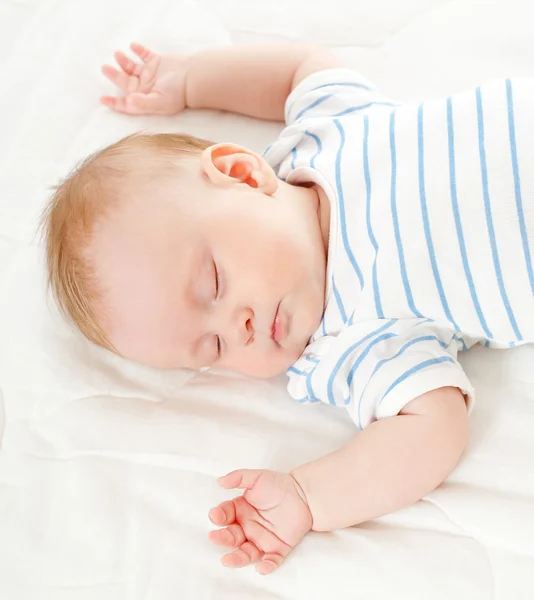 Even such a seemingly simple action as putting a newborn to sleep sometimes turns into a task of increased complexity.
Even such a seemingly simple action as putting a newborn to sleep sometimes turns into a task of increased complexity.
The difficulty is that in infants, sleep is still being formed, and circadian rhythms differ from those to which parents are accustomed 2 .
Rhythms of baby sleep
Before birth, the alternation of sleep phases in the fetus is subject to circadian (daily) rhythms and fluctuations in the hormonal background of the expectant mother. After giving birth, it takes time for the child to mature its own regulatory system 2 .
A term newborn sleeps an average of 16-17 hours 2 , and the total duration of sleep is not affected by dark and daylight hours 3 .
Babies up to 2 months have 2 sleep phases 2.3 :
- Active sleep. Starts after falling asleep. This phase is important for the stimulation and development of the central nervous system. During active sleep, you can observe the baby's mobility, rapid eye movements and a weakening of reactions to external stimuli (light, sound, touch).
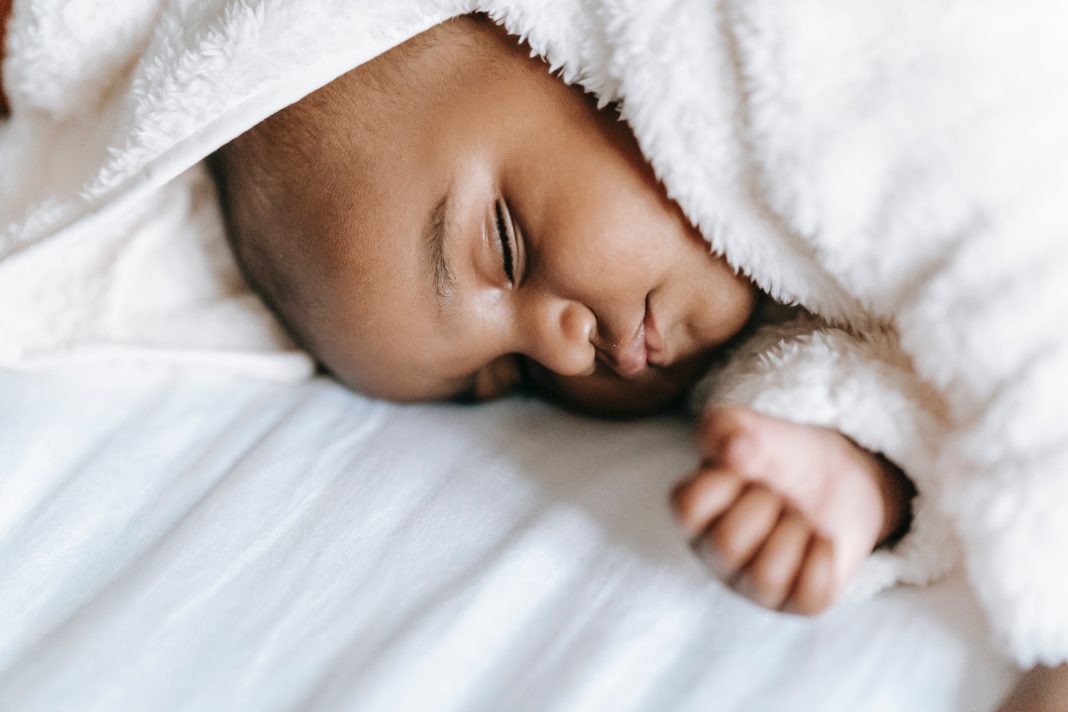
- Peaceful sleep. Follows the active phase. During restful sleep, the heart rate slows down, the movements of the eyeballs stop, and the baby stops moving his arms and legs.
Together these 2 phases form a cycle. Each cycle begins with active sleep followed by restful sleep. The duration of such a cycle is approximately 45-60 minutes 3 .
But the sleep-wake cycle lasts longer. For breastfed babies, it is approximately 1-3 hours, and for artificial babies, it is 2-5 hours 3 .
Gradually lengthening periods of wakefulness, and most of the sleep occurs at night 2 :
- By the end of 3 months of life, an uninterrupted night's sleep can be about 5 hours 3 .
- From 2 to 12 months, babies sleep 9-10 hours at night 3 , while daytime sleep is divided into 1-4 episodes that can last from 30 minutes to 2 hours 3 .
Sleep regularity and sleep disturbances can be assessed after 6 months, when the child develops circadian rhythms 3 .
Although the night sleep becomes longer, each cycle is still accompanied by micro-awakenings (wakings) 2.3 , after which the baby can fall asleep quickly enough. This is a short-term activation of the central nervous system, which must be distinguished from a full awakening 2 . It is good if at this moment the mother is nearby and helps the child fall asleep again.
Back to Contents
How to Put Your Baby to Sleep
The American Pediatrics Association has developed guidelines for safe sleep for babies. Below are some of them (the full list of recommendations can be found at the link) 4 :
- The best sleeping position is on your back.
- The mattress should be hard enough, and the crib should not be cluttered with things, blankets, pillows.
- No smoking in the nursery.
- If the child sleeps in a cool room, it is better to dress him warmly or put him in a special sleeping bag for babies.
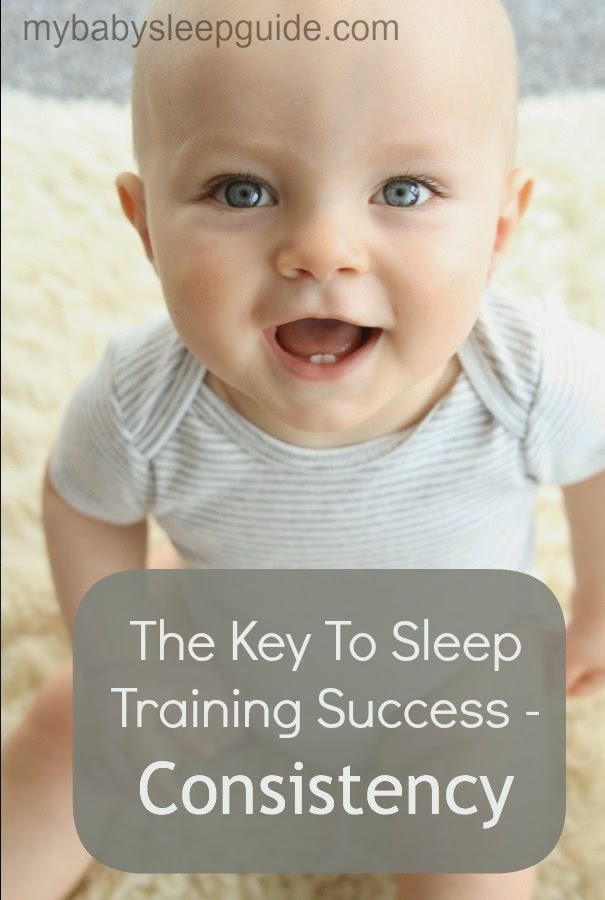 He should be warm, but not hot, so it is not recommended to wrap him with a blanket. And in order for the baby to breathe freely, in no case cover him with a blanket with his head.
He should be warm, but not hot, so it is not recommended to wrap him with a blanket. And in order for the baby to breathe freely, in no case cover him with a blanket with his head.
Babies up to 12 months of age still need to feed at night, so sleeping in the same room with the mother may be necessary to optimize breastfeeding and closer contact 4 . Co-sleeping in the same room with parents does not mean that the child will sleep with them in the same bed, because it does not meet the safety requirements 4 .
Before putting your newborn to bed, also remember that:
- Tight swaddling is not recommended0036 4 . There are babies who find this soothing, but swaddling can interfere with the baby's breathing because the chest is compressed and the baby cannot take a deep breath. 4 . Tight swaddling also increases the risk of a lung infection and can aggravate hip dysplasia. Do not swaddle a baby who is already rolling over from his back to his stomach 4 .

- There is no consensus on the use of pacifiers. Some experts believe that they have a negative effect on breastfeeding and interfere with the formation of the correct bite. Other evidence suggests that pacifiers help reduce the risk of respiratory and cardiac problems in infants up to 12 months of age 4 .
- Don't encourage falling asleep in your arms or while feeding. Older babies do not need to be allowed to fall asleep while watching a movie, after a set time, or in their parent's bed 4 .
Back to content
How to help your baby fall asleep
As the baby develops, fears, anxiety, anxiety may appear when he refuses to sleep separately from his parents and resists falling asleep 2 . The maturation of biological rhythms is facilitated by the environment of the child, the behavior of parents, compliance with the regimen and rules of sleep hygiene 3 .
To ensure quality rest and proper development, parents need to follow the recommendations. Specialists advise following these rules 4 :
- Put the baby to bed in the evening and wake up in the morning at about the same time, despite weekends and holidays 4 .
- Avoid physical activity before bed 4 .
- Limit activities in bed that are not related to falling asleep (playing, feeding), as this interferes with the baby's understanding of sleep 4 .
- Keep the bedroom comfortable - moderate temperature, low lighting, minimal noise, comfortable pajamas 4 .
- Form a laying ritual 5 .
- Follow the diet - the baby should not have any hunger or overeating. Before going to bed, you can feed him a little 5 .
- Keep an activity diary so that you can analyze and understand what interferes with your child's sleep 4 .
Back to Contents
How can I get my baby to sleep in his own crib?
There are various methods to help a child fall asleep on his own, without the help of parents.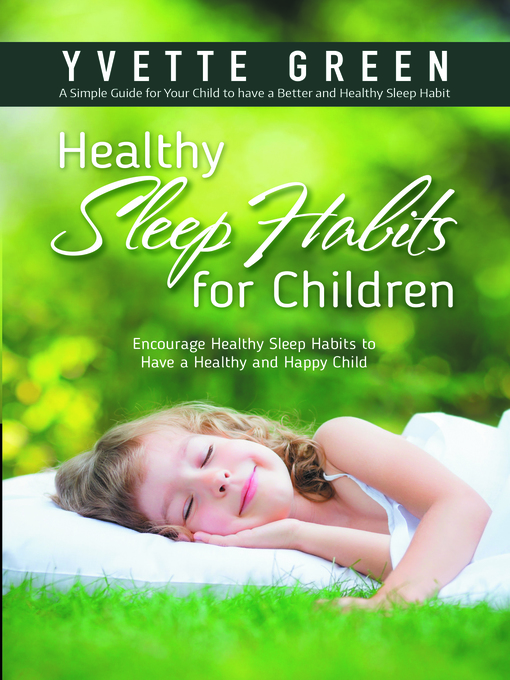 They are often used as a non-drug treatment for insomnia (sleep disorder) in young children aged 1 to 3 years 4 . Examples of such techniques are described below. Choosing the right one for your baby should be discussed with a baby sleep specialist.
They are often used as a non-drug treatment for insomnia (sleep disorder) in young children aged 1 to 3 years 4 . Examples of such techniques are described below. Choosing the right one for your baby should be discussed with a baby sleep specialist.
One way to overcome sleep disorders is through behavioral therapy. It helps to change wrong associations and sleep patterns in a child 4.7 . In behavioral therapy, the abandonment method is used. With him, parents immediately leave the child in the crib and leave the nursery. However, they do not return when they hear his cries or call, giving him the opportunity to fall asleep on his own 4 . But psychologists do not recommend using this approach if the baby is not yet 6 months old and is breastfeeding 4 , as this may adversely affect the baby's condition.
In addition, the abandonment method is not suitable for all parents. For those who want to be near or calm a crying baby 4 experts recommend other methods - "check and hold" or "gradual repayment" 4.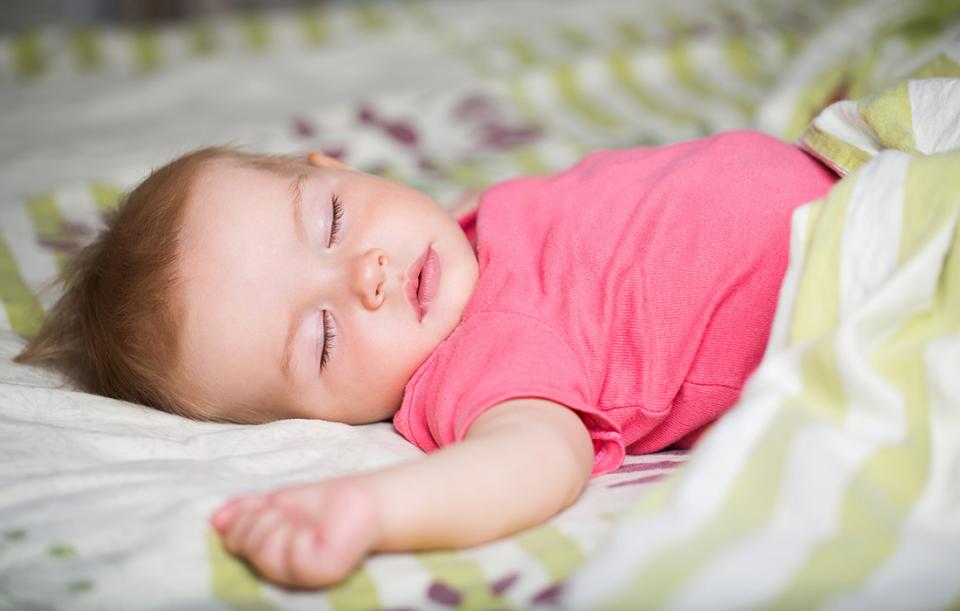 7 .
7 .
Back to Contents
"Checking and Holding"
When getting ready for bed, the parent spends some time with the child, then puts him to bed and leaves the room or goes to bed if she is in the nursery. At the same time, they do not approach the baby for 15-20 minutes and do not react to his crying or screaming. This period is called "hold" 7
When the 20 minutes have elapsed, the parent goes to the child, straightens his bed and returns to himself. This part is called checking 7 .
It is very important not to take him out of the crib and feed him when he wakes up. The exception is children who require night feedings for age or medical reasons. In all other cases, the parent simply comes to the crib for a short time to check, and then leaves again for a 15-20 minute “hold” 7 .
Gradually - over several nights - increase the "hold" interval to 30 minutes 7 .
Up to content
Gradual repayment
This technique is designed to “repay” the child's protests and manipulations 7 .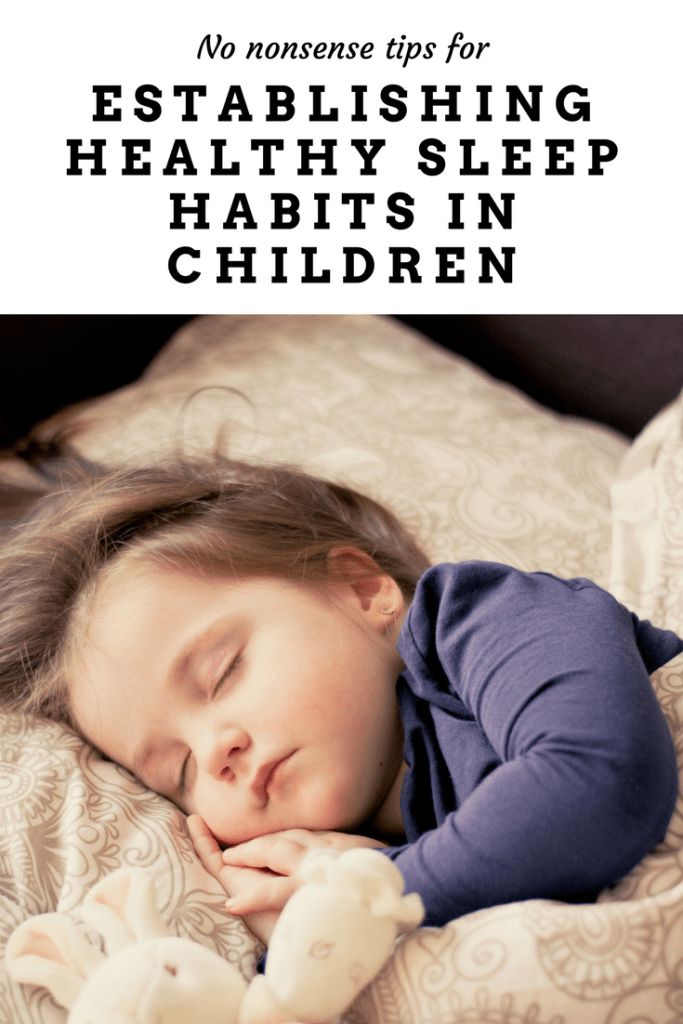 There are 2 options for "gradual repayment" - with and without the presence of a parent 4 .
There are 2 options for "gradual repayment" - with and without the presence of a parent 4 .
The classic option is to leave the baby alone in the bedroom for a certain amount of time, gradually accustoming him to fall asleep on his own. Unlike the “check and hold” method, the child can be calmed down. But you need to return to his bed not at the first call, but after a certain time. After the child calms down, you need to leave again, increasing the intervals when he tries to fall asleep without you 7 . This option is suitable for babies over 6 months old 4 .
Until the age of six months, use the “gradual repayment” method in the presence of a parent. It is carried out in stages 4 :
- The parent puts the baby to bed and sits next to it. If the bed is large, you can lie down next to the child.
- On subsequent nights, mom or dad still stays close to the baby, but gradually reduces the number of touches, communicates less with him, showing him that they are busy with something, for example, reading or cleaning the room.

- When putting the child to bed, the parent does not lie down next to him, but sits on a chair not far from the bed, about 5 meters from it, continuing to sit until the baby falls asleep.
- In the next step, the distance between the bed and the chair is increased by gradually moving it away.
- A little later you can leave the nursery for a while, but be sure to return before the baby cries.
If the child wakes up, repeat the same steps that you perform at this stage of the procedure. The stages can be stretched over several days so that the baby has time to get used to each 4 .
Up to contents
Bedding rituals
Forming a bedding ritual is considered to be an effective method 4 . It can complement the "repayment" technique, but sometimes it works quite well on its own. Suitable for all ages, but the earlier it is started, the less likely babies are to develop sleep problems - they fall asleep faster and sleep longer 4 .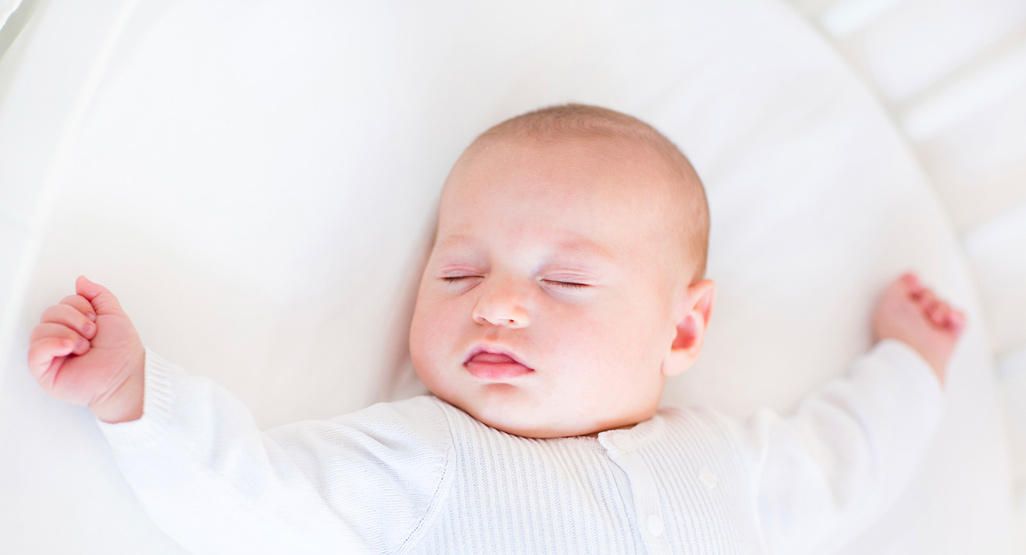
The ritual begins at the moment of the child's drowsiness. Before you put the baby to sleep, you need to perform a number of actions. They should be predictable, regular, relaxing and positive. The total duration of the ritual is 20-45 minutes 4 . If it was not possible to meet the set time, most likely, you need to shift the ritual to another time and wait for drowsiness. It can manifest itself as loss of interest in surrounding toys and people, reddening of the eyelids, rubbing of the eyes, yawning 4 .
Back to Contents
What are the rituals for falling asleep?
Experts recommend preparing for sleep, which consists of consecutive, daily repeated actions, the so-called routines 5 . They help to speed up falling asleep, increase the quality and duration of sleep, reduce the number of night awakenings 5 .
The most typical nightly rituals 6 :
- Bathing in warm water with your favorite foam or bath product, light massage.

- Soothing sounds - "white noise". This is a monotonous noise that does not carry a semantic load, soothes and helps to forget, for example, flowing water, a metronome, ticking clocks or recordings of nature sounds.
- Lullabies and fairy tales.
- Wishes for "good night", "sweet dreams" or other phrases that are said only before going to bed.
Sleep experts recommend a three-step ritual that includes bathing, massage and quiet time in the crib 8 .
- Bath foam can be used during bathing. For babies from 6 months, JOHNSON’S ® Baby Bath Foam "Before Bed" is suitable. It has a soothing scent to help your baby get ready for bed 8 .
- Immediately after a warm bath, a milk can be applied to the skin, such as JOHNSON’S ® Bedtime Milk 8 , for children over 6 months of age, by lightly stroking the skin. Such a massage will calm the baby even more and prepare him for sleep, especially thanks to the pleasant smell of milk 8 .

- At the third stage, you need to change the child into pajamas, read a bedtime story or sing a lullaby 4,8 .
As a rule, a few days are enough to form an association between the evening routine and falling asleep 4 .
As you can see, pediatricians and psychologists have developed various methods for healthy children's sleep and fast falling asleep. But you need to use them, taking into account the age of the child, his habits and characteristics of the nervous system. The task of parents is to organize the baby’s daily routine and prepare him for sleep, calming and creating positive associations with the process of falling asleep. With the correct implementation of the recommendations of a specialist, the child will gradually learn to fall asleep independently and faster, will sleep longer and sounder.
You may also be interested in:
Traveling with your baby
Baby's Skin Care Guide
Back to Contents
The information in this article is for guidance only and does not replace professional medical advice.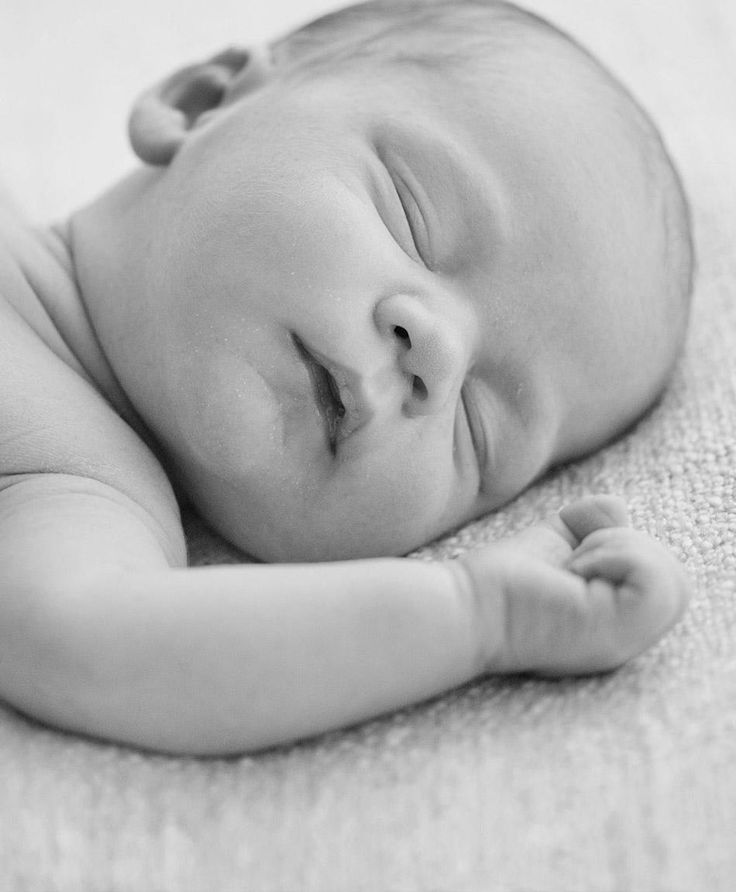 For diagnosis and treatment, contact a qualified specialist.
For diagnosis and treatment, contact a qualified specialist.
References:
- E.S. Sakharova. What worries the baby? Pediatric pharmacology, 2010, volume 7, No. 2, pp. 143-148.
- I.A. Kelmanson. Formation of the state of sleep in ontogeny and the problems arising from this. Neurology and psychiatry. Special issue "Sleep and its disorders-5". Effective pharmacotherapy, 2017, No. 35, p.4-13
- M.G.Poluektov, P.V.pchelina. Sleep in children: from physiology to pathology. Medical Council, 2017, No. 9, pp. 98-103.
- P.V.Pchelina. M.G.Poluektov. How to treat insomnia in early childhood. Neurology and psychiatry. Special issue "Sleep and its disorders-4". Effective pharmacotherapy, 2016, No. 19, pp.52-60.
- Jodi A. Mindell, PhD; Lorena S. Telofski, BA; Benjamin Wiegand, PhD; Ellen S. Kurtz, PhD. A Nightly Bedtime Routine: Impact on Sleep in Young Children and Maternal Mood. (The Nightly Sleep Schedule: Effects on Young Children's Sleep and Maternal Mood) SLEEP (Sleep), Vol.
 32, no. 5, 2009. pp. 599-607.
32, no. 5, 2009. pp. 599-607. - E.A. Korabelnikova. Treatment and prevention of insomnia in young children. Russian Psychiatric Journal, 2012, No. 3, pp. 62-70.
- M.G. Poluektov Sleep disorders in childhood: causes and modern therapy // Effective pharmacotherapy, Neurology and psychiatry. 1/2012
- Mindell J, Lorena S, Telofsky BA et al. Nightly sleep routine: effects on young children's sleep and maternal mood. Sleep. 2009; 23:599–606.
Up to content
How to wean a child from sleeping with parents
March 10LikbezLife
Together with a child psychologist, we are analyzing ways to do this without stress and screaming.
Iya Zorina
Author of Lifehacker, athlete, CCM
Share
0When it's time to move the baby to a separate bed
Sleeping a baby with a nursing mother is considered good practice, good for the child's mental state. However, this is only true if it is convenient for the parents.
However, this is only true if it is convenient for the parents.
Child sleep specialist Richard Ferber claims in his book that in his 25 years of work he has not found any undeniable benefits of shared or separate sleep. He writes that any mode will be correct, as long as you are comfortable and everything is going well.
But even if you and your child get a good night's sleep and both partners are satisfied with this state of affairs, sooner or later you will have to move the baby to a separate bed.
Ksenia Nesyutina
Child psychologist.
It is better to do this before the crisis of three years - a period of active separation, which begins at about two years and ends at 3–3.5 years. By this time, as a rule, the sucking reflex fades away: children drop their nipples and, if they are still breastfeeding, refuse to breastfeed.
Ksenia says that the resettlement should not be delayed, as co-sleeping at a later age can overexcite the child, and in the future negatively affect the ability to learn. In addition, after three years, such a dream can negatively affect the ability to perceive oneself separately from parents, the ability to calm down independently and express emotions not only through the body.
In addition, after three years, such a dream can negatively affect the ability to perceive oneself separately from parents, the ability to calm down independently and express emotions not only through the body.
How to choose the best time to move your child
Regardless of age, the transition to a separate bed, and even more so a room, is stressful for a child. In order not to increase anxiety, it is worth choosing the most calm time for this, free from other significant changes.
It is desirable that the transition to separate sleep does not coincide with the following events:
- birth of brothers and sisters;
- start of attending a kindergarten;
- moving;
- departure of one of the parents.
Ksenia Nesyutina advises to move the child to his bed a few months earlier or later. For example, if an addition is planned in the family, it is better to do this before the arrival of a new member so that the baby has time to adapt.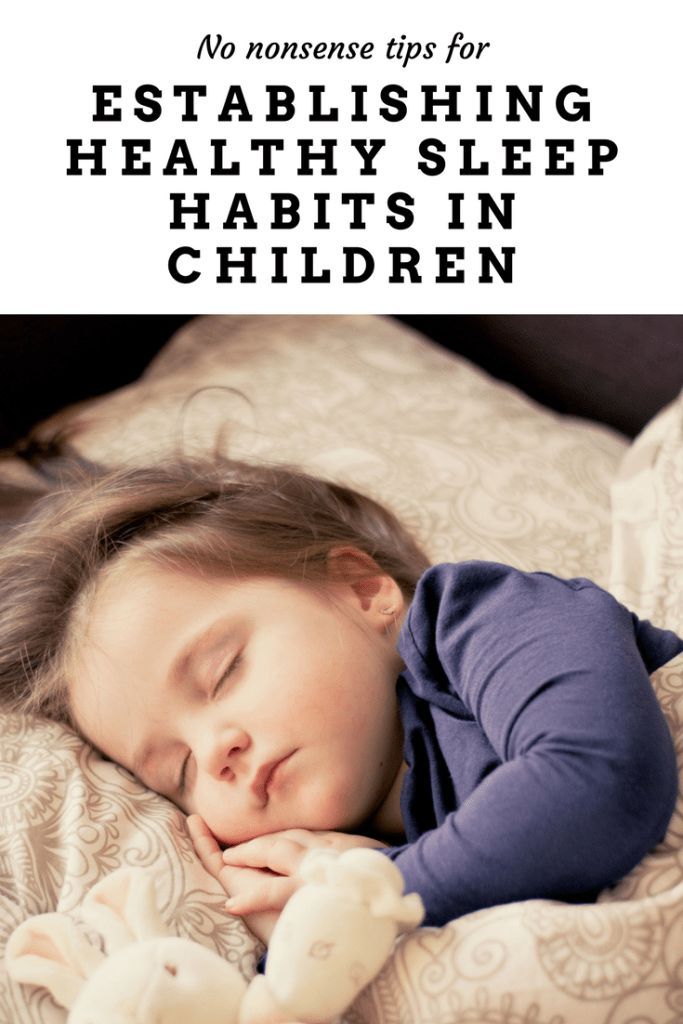 It is also worth considering his physical health and mental state.
It is also worth considering his physical health and mental state.
Ksenia Nesyutina
If a child is in a very unstable state - every half an hour he goes into resistance, screams, cries - it is undesirable to introduce something new.
How to prepare for your baby's transition to a separate bed
Start by discussing upcoming events with your partner. If one of you insists on moving the baby out, and the other is horrified at the thought of having to sleep separately from the baby, the move is unlikely to go smoothly.
It is important that both parents agree with the decision and support the same position. Therefore, first agree on how you will act, and only then communicate the decision to the child.
After you have talked about the changes, try to involve the child in the process. For example, choose a bed or bedding with him. This will help him perceive the event in a more positive way, although it does not guarantee that everything will go smoothly.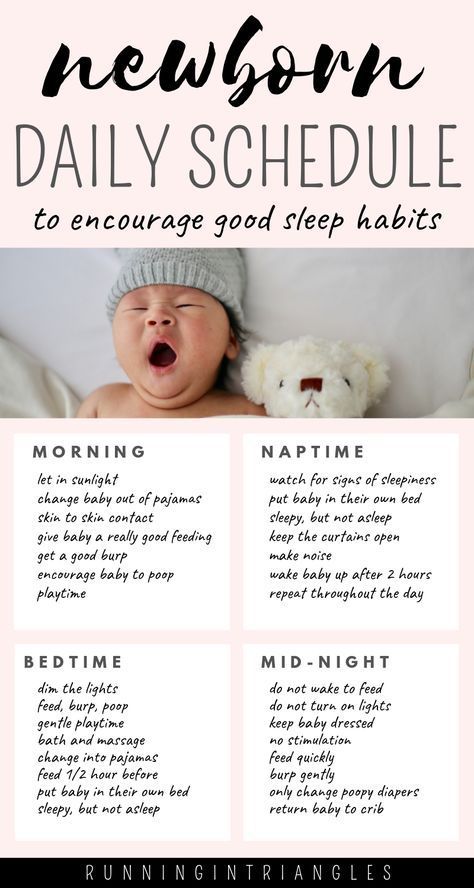
A child may look with delight at a new bed in the form of a typewriter or a princess castle, but when night falls, flatly refuse to move there. To do without screams and tears, accustom the child to a new place gradually.
How to help a child adapt to a new place
First of all, it is important to preserve all the rituals that were in place before the transition to a separate sleep. Changing into pajamas, putting away toys, reading a bedtime story—whatever you do before separation, be sure to repeat it in the same order.
After you have put your baby to bed, stay close until you are completely asleep. You can lie down with him, if the size of the bed allows, or settle down nearby, so that in case of anxiety or tears, take his hand, stroke and soothe.
The period of adaptation of the child depends on the age. Ksenia Nesyutina says that two-year-olds can take several months to get used to a new bed. Older children can get comfortable even earlier - in a few weeks.
When the child is accustomed to the new place, try to leave him for a while before he falls asleep.
Ksenia Nesyutina
Sit with him for 15 minutes, then say: “That's it, we'll go brush your teeth, but for now you fall asleep.” After a while, come back and see if he fell asleep or not. If everything went well, gradually increase the intervals of your absence.
The child should be given the opportunity to calm down not due to the real presence of the mother, but due to thoughts about her. Gradually, the baby will learn to fall asleep on its own.
Problems that may arise and how to deal with them
Every case is different, but there are some common problems that parents often face.
A child cannot fall asleep without physical contact
Ksenia Nesyutina says that many parents are not used to calming their child emotionally. If comfort always comes through bodily contact - breastfeeding, hugging, rocking - the baby gets used to the physical channel of calm and cannot switch to the emotional one.
And if babies really need to be touched, at 3-4 years old your presence and a soothing voice may be enough.
To teach your baby to cope without mother's arms and breasts, reconsider your ways of comforting.
If the child is upset, do not rush to grab him in your arms and give him a pacifier or a bottle. First, try to calm down with words or distract, and only if this does not work, move on to the usual methods.
The child takes a long time to fall asleep
Xenia says that this problem is most often associated with an insufficient number of rituals before going to bed. This is an important component of the regimen, which helps the child to calm down and tune in to sleep.
Here are some things that can be part of the ritual:
- Bathe the baby. Some children sleep well after water procedures, others, on the contrary, are excited from playing in the water. Try bathing before bed and see how it affects your child.
- Prepare the room.
 Turn off the lights, and if the darkness scares the baby, buy a night light. You can also turn on soft soothing music or white noise.
Turn off the lights, and if the darkness scares the baby, buy a night light. You can also turn on soft soothing music or white noise. - Dress your child in pajamas.
- Give a little massage. Light stroking and rubbing can calm the baby.
- Let your little one put toys to bed or simply say good night.
- Read a fairy tale. Choose small books so that reading takes a certain period of time. Alternatively, come up with your own stories, it's very exciting.
- Hug and kiss your baby goodnight.
When choosing rituals, it is important that they are performed regularly and at the same time, and that both you and the child like them.
It is also worth taking care of what the baby will do in the evening - even before you start preparing him for bed. About an hour before going to bed, exclude outdoor games, tickling, running and other activities. Turn off cartoons and games on your phone.
Keep your child busy with quiet activities such as sculpting, sorting figures or putting together puzzles.